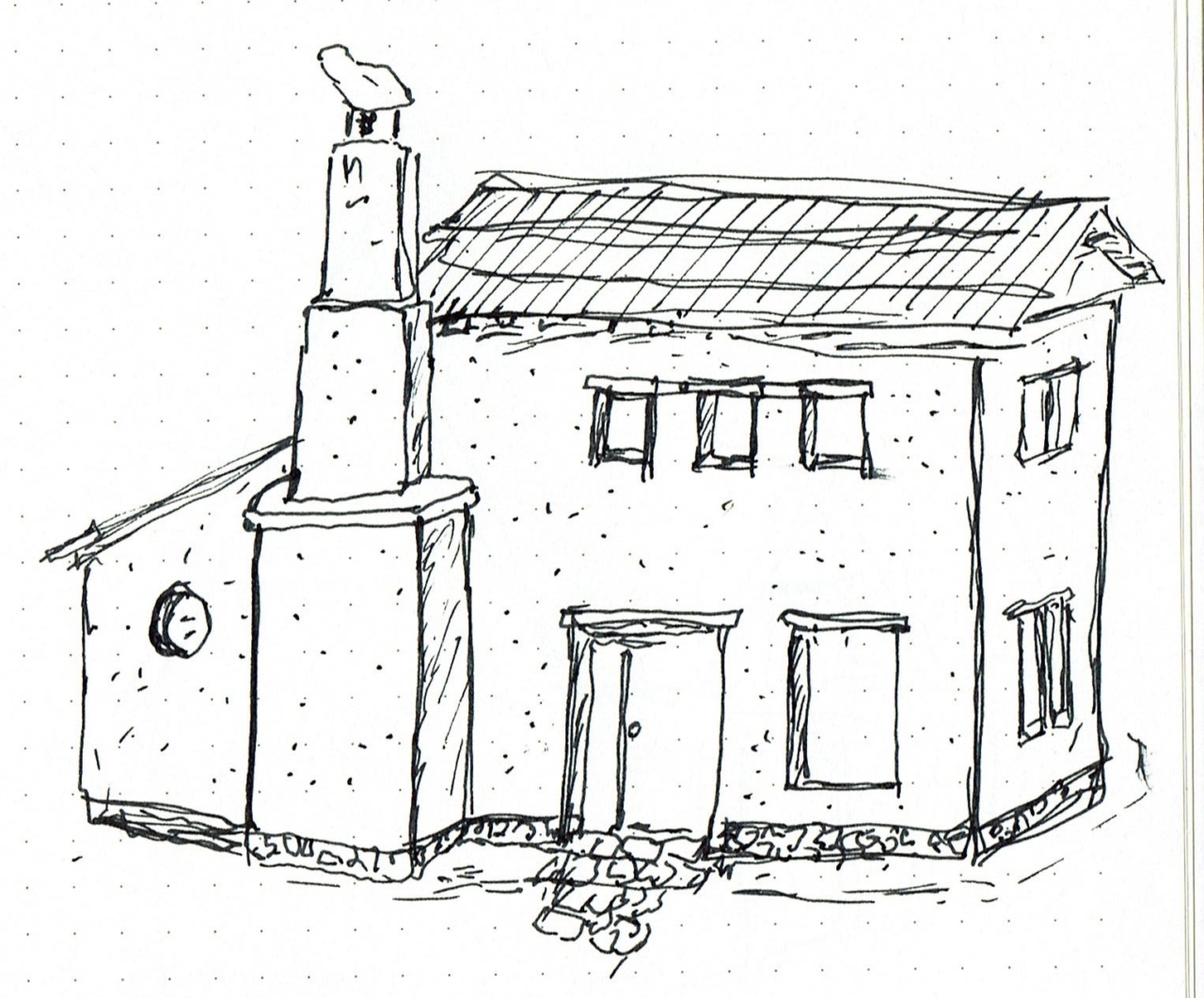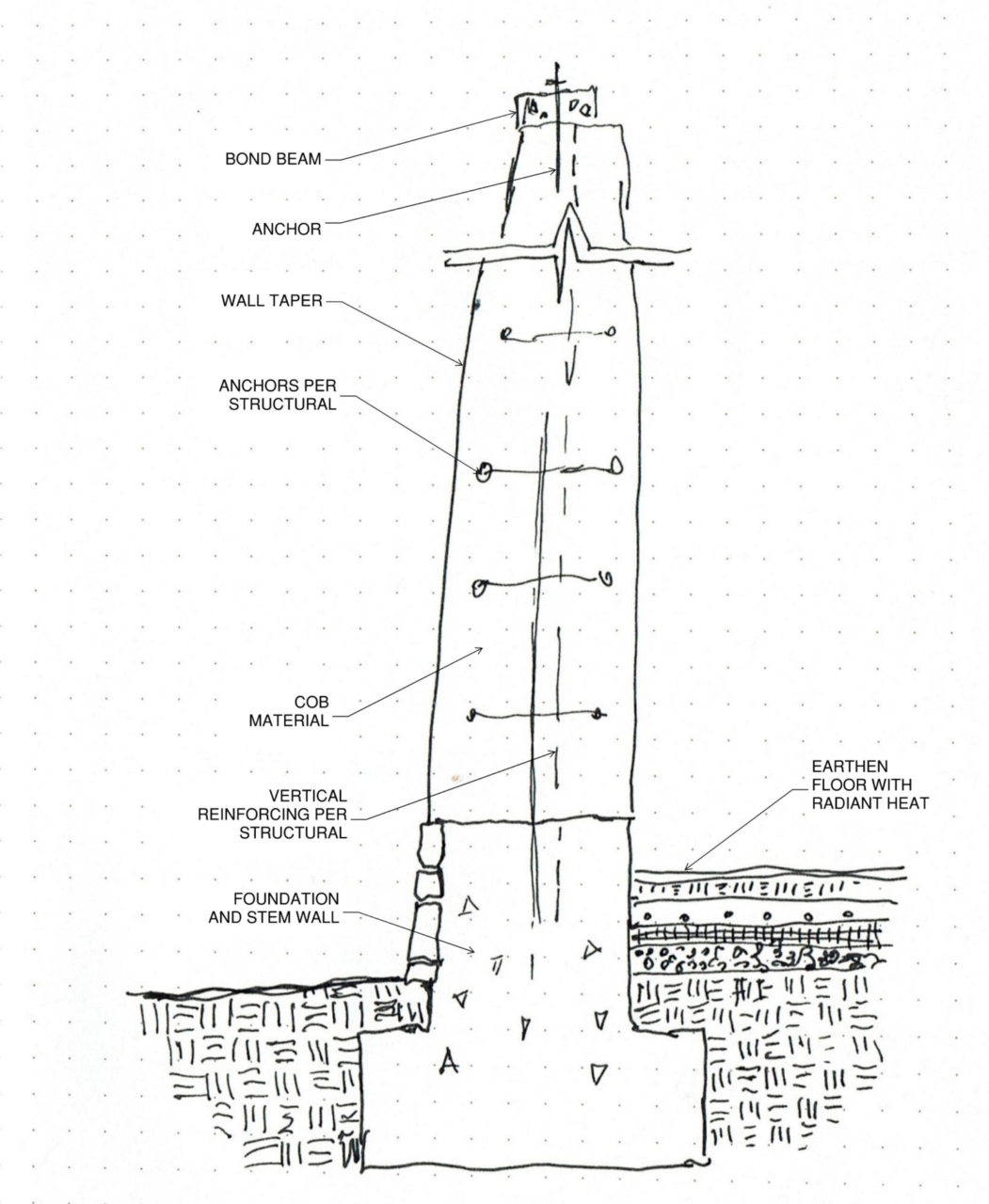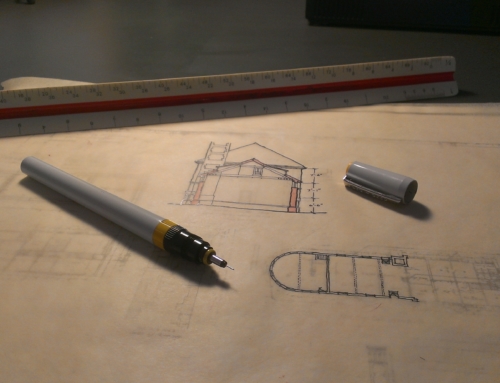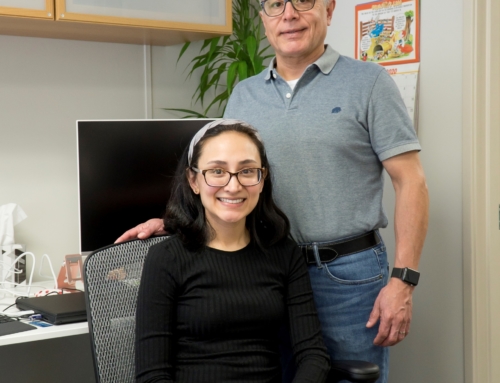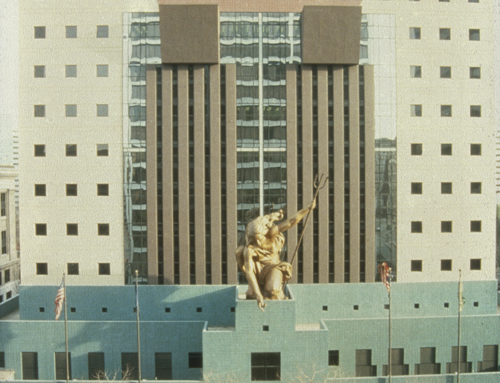Written by Adam Robins
A quick refresher, what is cob construction?
Cob is sometimes called monolithic adobe, it’s a mixture of sand, clay, and straw used as a building material to sculpt a building as if it is a piece of pottery. It’s not new – English and Welsh traditions go back over a thousand years with some buildings surviving now more than 600 years. It’s similar to a lot of earthen building systems in many other parts of the world, too. Previously, cob building has not been included in the code. It was occasionally approved as an alternate construction method in some jurisdictions, usually with an engineered structure and cob being used as the infill of walls.
What’s changed, what’s the update?
The IRC (International Residential Code) 2021 includes Appendix AU with code language for cob construction. Some items to note:
-
- Individual jurisdictions have the option to adopt the language
- Oregon recently enacted the 2021 Oregon Residential Specialty Code, based on the 2018 IRC, so the 2021 IRC adoption will likely be in 2023-24
- If they do not adopt it, it’s not part of that jurisdiction’s code
- Non-profit Cob Research Institute (CRI) proposed language in 2019, which was initially rejected, but then came back later that same year with more complete research and data to back up the code appendix and it was accepted
The contents of Appendix AU give a good overview of the rules. It also provides some flexibility for the application of cob and also flexibility for the building official(s) to consider additional testing. Wall heights are limited to one story of 20 feet. Cob construction is limited to seismic zones A, B, and C, except where an approved engineering design is provided. No membrane is allowed between the cob wall and plaster “to facilitate transpiration of water vapor from the wall” (AU105.4.1), windows and doors in wooden frames are to be installed per manufacturers instructions, and bond beams are required.
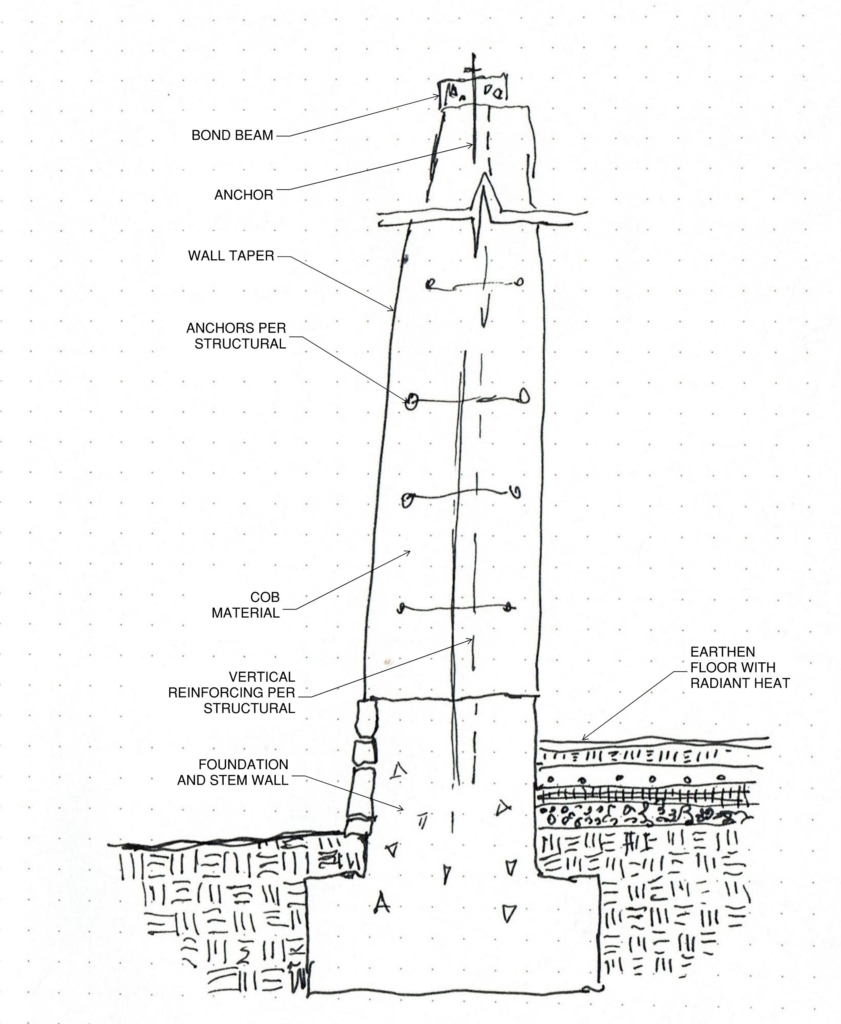
What can you do to help push Cob further?
- Contact your state and local jurisdictions and request Appendix AU be adopted along with IRC 2021
- Get involved with your local alternative technology boards or commissions (e.g., Portland BDS’ Alternative Technology Advisory Committee)
- Get some experience with cob
- Volunteer some time on a project (e.g., see City Repair)
- Build a cob bench or oven on your own property
- Go to a workshop, like those given by Cob Cottage Company
Note: If you enjoyed reading this post, you might also like our other post on Cob: “Cob Building” and “Cob and Codes”. Placecraft provides alternative construction and is located right here in our neighborhood. If you have an idea for a project and are looking for a builder, we recommend reaching out to them!


